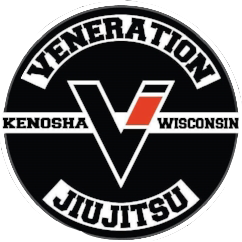There are so many ways to train Brazilian Jiu-Jitsu. There’s position training, there’s slow-flow training, there’s technique drilling, there’s training handicapped—one-handed, no handed, not using your favorite techniques or any finishes—there’s training where you start from the worst position, for example, someone on your back with a choke or armbar, and there’s of course just plain old sparring with a good partner, each of you trying your best to achieve a finish or at least a good position. The point is it’s all training. It’s easy to get carried away and in the beginning, I can remember being entirely dumb to the idea of what it was I was supposed to be doing. Which is to say, I worried too much about besting my training partners.
These days I am happy to get on the mat and just roll with a trusted mat buddy who I’ve worked with for years. We try new things, often fail, laugh a lot, get tired and burn calories while we work on the art we love best. But in the old days I absolutely didn’t get it. I tried very hard to go home with victories under my belt, and I wasted a lot of time and energy imagining that because I was able to throw my 265lb self on top of a blue belt that I was as good as a blue belt (the purple belts had my number and made that job much harder).
I was young and foolish and had a good bench press. It took me too many months to realize that what I was paying for at the Boston BJJ Academy and what I was actually doing on the mat were separate realms of exercise. One realm was the one Professor Roberto Maia was trying to get me to understand, relaxing, flowing, being sensitive to the attack, developing the responses, improving the skill set, being flexible in mind and body. What I was doing however was being a plow. I got up on my hind hooves, and with my head down, I shoved guys across the mat. I improved my strength and my wind, but I rarely practiced jiu-jitsu.
Twenty plus years later, I see myself in many of the strong beginners who come into class (not necessarily just young bucks either!). I try to imagine what I can say to make them see the light faster than I did. I try to imagine what it will take to get the strongest of these young athletes to wake up and realize that their athleticism—while impressive and certainly a boon to whatever they choose to do with their physicality—isn’t helping them learn.
My friends, you have to put your athleticism away when you train. It’s best to train like you’re old and feeble. Do repetitive drills, drill your favorite moves, turn them into responses. Even the masters are still drilling the basics. In a recent article Jean-Jacques Machado said after every class he still knocks out a bunch of armlocks with a partner. Now, there’s no way JJM needs more reps of an armbar, but he does them because he knows there’s value there. And until we’re all moving like that, I’d say we all need that kind of exercise!
Training is winning folks. If you are moving around on the mat and what you are concerned about is beating your opponent, you’re doing only one kind of training. Learn to deal with the toughest positions first, that’s what Brazilian Jiu-Jitsu is all about. If you are wearing a blue belt and everyone passes your guard, you need to get on your back and stay there. This means you’re going to get frustrated with people getting around you and making you suffer from under a side position. Guess what? It’s the only way to get good! Tap and start again. Suck it up. If we are not using our time in the academy to improve our weakest positions, when are we going to do it? On the street? During some embarrassing aspect of an MMA career? No. Use your time in the academy wisely, it’s what you’re paying for. It is what you are there for!



